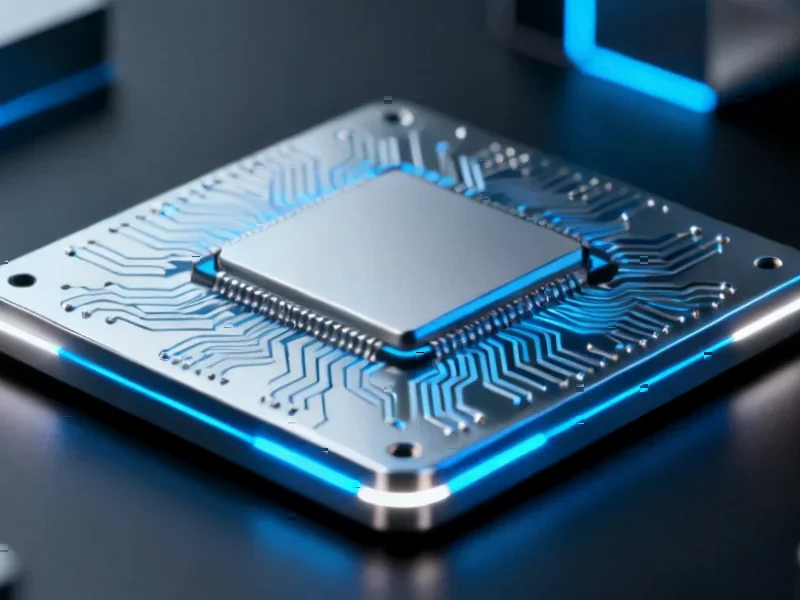According to Phoronix, AMD has contributed BFloat16 support to LLVM’s SPIR-V target, expanding the compiler’s capabilities for AI and high-performance computing workloads. This development comes alongside progress on Flang-Tidy, which is implementing automated code cleaning and correction for Fortran in what’s described as a “sort of opinionated fashion.” The BFloat16 addition specifically enhances AMD’s position in the machine learning space by improving support for the brain floating-point format that’s become crucial for AI training and inference. These compiler improvements represent ongoing work in the LLVM ecosystem that directly impacts developers working with heterogeneous computing and legacy Fortran codebases. The SPIR-V target improvements particularly matter for cross-platform GPU computing, while Flang-Tidy’s modernization efforts address the challenge of maintaining decades-old Fortran scientific code.
The BFloat16 AI Angle
Here’s the thing about BFloat16 – it’s basically become the secret sauce for modern AI workloads. AMD pushing this into LLVM’s SPIR-V target isn’t just some random technical contribution. It’s a strategic move in the ongoing AI hardware wars. NVIDIA’s been dominating this space for years, and AMD needs every tool in their arsenal to compete. BFloat16 gives them better performance for neural network training without sacrificing too much precision. Think about it – when you’re dealing with massive AI models, every bit of performance matters. This isn’t just about raw compute power anymore – it’s about having the right numerical formats baked into the compiler stack.
Fortran’s Surprisingly Modern Makeover
Now let’s talk about Fortran. I know, I know – it’s that language your professor said was dead back in college. But here’s the twist: Fortran is still everywhere in scientific computing and HPC. We’re talking about codebases that have been running climate models and simulating particle physics for decades. The problem? Maintaining and modernizing this stuff is a nightmare. That’s where Flang-Tidy comes in with its “sort of opinionated” approach. Basically, it’s like having a very stubborn code reviewer who knows all of Fortran’s ancient quirks. It can automatically fix common issues, update deprecated patterns, and generally make old Fortran code less terrifying to work with. This matters because there’s literally billions of dollars worth of scientific research running on code that hasn’t been properly updated since the 90s.
The Bigger Compiler Picture
So what does all this mean in the grand scheme? We’re seeing compiler infrastructure become the new battleground. It’s not enough to have fast hardware anymore – you need the software stack to match. AMD’s work on LLVM and SPIR-V shows they’re playing the long game. They’re building the foundations that will let their hardware shine in AI and HPC workloads for years to come. Meanwhile, the Fortran work demonstrates that legacy support isn’t just about backward compatibility – it’s about making sure critical scientific software doesn’t get left behind. The compiler folks at companies like AMD and in open source communities are basically the unsung heroes making sure our computing infrastructure doesn’t collapse under its own weight. Follow Michael Larabel on Twitter or check out his website for more deep dives into this space.




